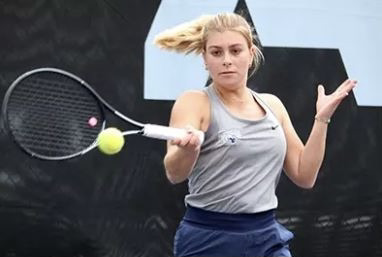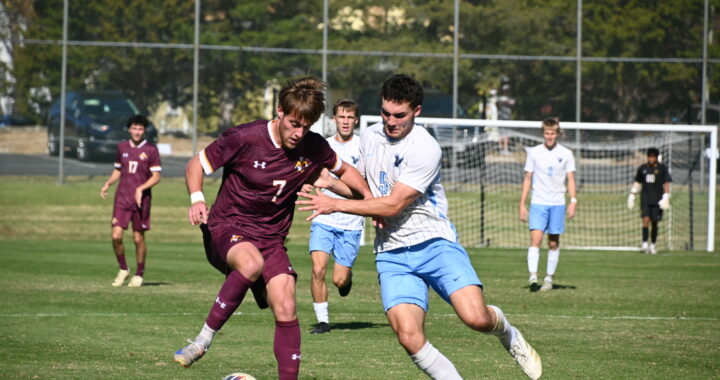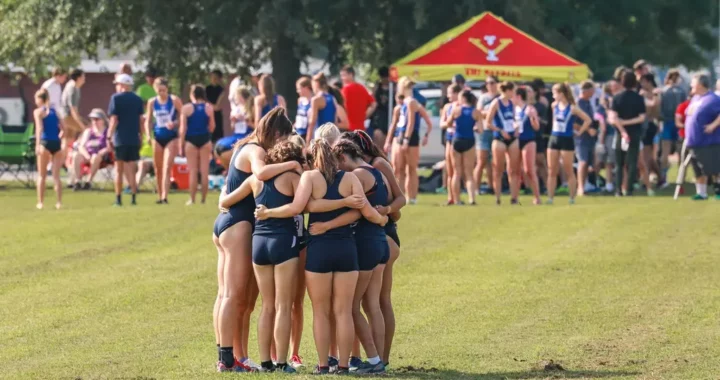Identifying 2012 Cinderella
6 min readOne of the things that makes March Madness special every year is when one or two of the schools outside one of the big six conferences goes on a run in the men’s basketball tournament. Sure those sorts of runs usually destroy most of the general public’s brackets in the process (see VCU last year or George Mason in 2006), but some amateur who picked the teams based on mascots or school colors was going to luck their way into the cash prize anyway.
America as a whole is the ultimate sucker for the underdog, so it’s really against our DNA as a country to root against the perceived little engine that could as they defy the odds and leave a slew of goliaths in their wake (bracket entry fees be damned). The trouble is identifying the potential Cinderellas and seeing which of these less-heralded teams can make that push and capture our collective heart.
The first thing worth noting is matchups. Before the tournament started, I really liked Creighton and Memphis’ chances of winning a couple of games and making it into the Sweet 16. However, when the brackets were announced, both those teams were given 8-seeds and thus will face North Carolina and Michigan State respectively should they win their first contest. The tough draw the committee gave the Blue Jays and Tigers leaves those teams with the daunting task of having to knock off those powerhouses early, thus lessening their chances at a run in the tourney. So this isn’t meant to list the best teams outside the power conferences, it’s about who can win given the possible opponents.
Another important thing to mention is what constitutes a Cinderella. To me it all depends on how many games you have that team winning. If you have a 13-16 seed winning any games in the tournament, I deem them glass slipper worthy. Any teams ranked a seed in the 8-12 range need to get at least to the Sweet 16, while a team in the 5-7 range have to reach the Elite 8 or beyond to earn the honor.
Now without further ado, here’s the breakdown of this year’s top candidates.
Murray State (27-1, 6-seed): I’m probably too high on the Racers, but I’m drinking the Kool-Aid and feeling confident that star point guard Isaiah Canaan won’t let me down. Murray State has the things the prototypical mid-major success story has: a veteran bunch (their top-5 players are upper classman) led by superior guard play (anchored by Cannan and Donte Poole) with strong 3-point shooting sprinkled in (40.6 percent as a team).
The Racers didn’t play a daunting slate of games this season, but they did beat the four tournament teams they faced (St. Mary’s, Memphis, Southern Methodist and Western Kentucky) and the selection committee gave them a shot at a run with the matchups they presented them. Missouri and Marquette are the presumed teams Murray State will have to conquer to make a deep run, and both of those squads are perimeter oriented just like the Racers. If Murray State has been thrown into a region with any of the other two-seeds, their lack of size could have been seriously exposed, but that shouldn’t happen now until the Elite 8.
UNLV (24-8, 6-seed): My love for Murray State this year is only matched by my desire to watch the Runnin’ Rebels go deep into March. Like the Racers, UNLV has plenty of experience (six of their top-seven players are upperclassmen) and they love to push the tempo and get out in transition. But what differentiates Dave Rice’s team from Murray State is that UNLV has the size to match up with anyone in the country. The Rebels starting front court goes 6-8, 6-8, 6-10, and their main forwards off the bench come in at 6-8 and 6-11.
UNLV is so explosive offensively and they score from so many places that it makes it hard for opposing defenses to stop them. The best way to limit their success is to slow down the tempo, but the expected seeds that stand in their way of a trip to the Elite 8 (Baylor and Duke) like to get in shootouts as well. The Rebels finished the season ranked 16th in RPI, they hail from a Mountain West Conference that sent four squads to the NCAA Tournament, and they have an incredibly impressive win to their name this season (90-80 win over North Carolina).
Long Beach State (23-8, 12-seed): The way the 49ers slated non-conference opponents this season earned my respect early on (road battles against Pittsburgh, San Diego State, Louisville, Kansas and North Carolina while they also took on Xaiver and Kansas State on neutral courts) and as I watched “The Beach” play I found that, increasingly, I liked what I saw. Long Beach State only goes seven deep, but they have that familiar experience factor that I value so much (six upper classmen in that rotation) and they have a star guard who can carry the team in Casper Ware.
The 49ers are akin to the first two teams on this list in that they too love to push the ball on offense. They utilize a full-court press to help them speed their opponent up and force turnovers off it to help lead to easy points in transition. They have a couple of Big West Conference defensive players of the year on their team as well, so while they are not known for defense they have the ability to get stops when they need them. I would have preferred “The Beach” was slated against Temple than New Mexico, but I think that the up-tempo style both teams play will neutralize the Lobos size advantage. The winner will presumably get to play a Louisville team that’s recent trend had been Big East Tournament success followed by NCAA Tournament flop, which makes the 49ers a good gamble.
VCU (28-6, 12-seed): Could this year’s VCU really be…VCU? I was dismayed when the committee pitted the Rams against another small school I thought could do damage in the Big Dance, Wichita State, but still think the Richmond-based school is a worthy gamble in your bracket. Despite the tough first game draw, I like the winner of what I think will be a down to the wire contest between the Shockers and Rams to go on to beat Indiana and advance to the Sweet 16.
Shaka Smart’s team had a poor strength of schedule (187) this season, but VCU did go 6-4 against the RPI top-100 and the Colonial Athletic Conference they come from has proven to be both formidable and underrated in recent years. VCU is more offensively challenged then they were a year ago, but their loss of 3-point shooting is made up for with their increase in defense and efficiency. The Rams deny hard on the perimeter and also mix in a hellacious trap that causes a lot of turnovers. VCU not only makes the opposing offense work for everything, but they don’t have many wasted possessions themselves, as they commit just 11 turnovers per game.
Belmont (26-7, 14-seed): The Atlantic Sun Champions were a popular upset pick in last year’s tournament over Wisconsin, and though they fell short they return many of the players from that team and find themselves with another intriguing matchup. The Bruins drew Georgetown in their first contest, the same Hoyas that have fallen the last two NCAA tournaments to double-digit seeds (VCU last year and Ohio the year before that).
Belmont is the clichéd “live and die by the three pointer” team (37.8 percent), and if they are able to get out to a hot start, Georgetown isn’t known for their offensive firepower with their Princeton offense. Though the Bruins run a three-guard offense, they do have some size in the front-court and bring good length off the bench as well, so the Hoyas advantage in that respect shouldn’t be as glaring as one might think. Belmont is also excellent from the charity stripe, so if it’s a close contest as I expect, they should be able to salt away the upset victory at the free throw line.


